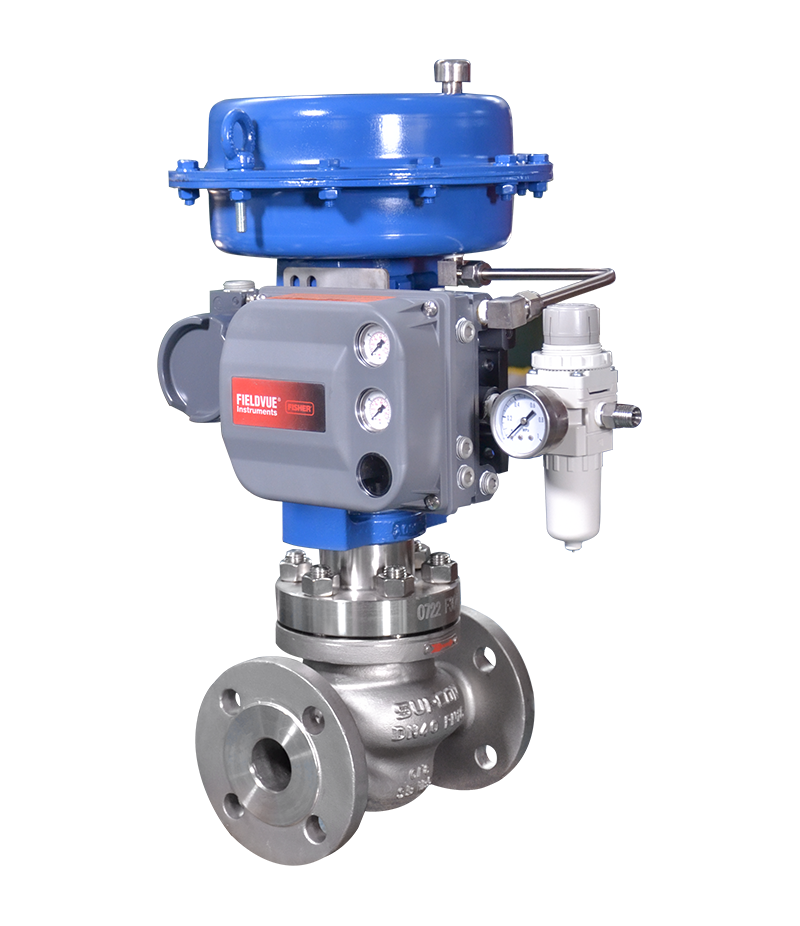
Maximize Power Financial Savings and Comfort With Advanced Structure Automation Controls
In the world of contemporary architecture and center administration, the integration of innovative building automation manages stands as a critical advancement. The merging of technology and sustainability has actually birthed a new period where energy efficiency, convenience optimization, and functional streamlining are no more achievable realities however far-off aspirations. By harnessing the power of automation, structures can adapt, react, and evolve in means that were once inconceivable. The capacity for substantial energy cost savings and boosted comfort is not simply an assurance however an opportunity waiting to be satisfied. This standard shift in structure monitoring holds the crucial to opening a world where ecological conscientiousness and resident health harmoniously exist together within the wall surfaces of our structures.
Energy Effectiveness Conveniences
Power effectiveness benefits can considerably decrease power intake and functional expenses in buildings. Energy-efficient systems, such as innovative structure automation controls, can optimize the usage of sources like cooling, home heating, and illumination, leading to lower power expenses over time.
In addition, improved power performance can extend the life-span of structure devices and systems. By operating a lot more effectively, cooling and heating systems, light, and other building components experience less wear and tear, leading to minimized upkeep and substitute costs. Additionally, energy-efficient buildings frequently regulate greater property worths and rental rates, providing long-term economic benefits to owners.
Moreover, power efficiency can improve owner comfort and efficiency. Effectively regulated interior settings with optimal illumination and thermal problems develop a more pleasurable and helpful work space, resulting in boosted staff member complete satisfaction and efficiency. Overall, the energy performance benefits related to innovative building automation controls are diverse, incorporating price financial savings, environmental stewardship, and occupant wellness.
Improved Comfort Control
Enhancing convenience control in structure environments requires an innovative assimilation of innovative automation systems for ideal resident health. By using advanced structure automation controls, facilities can tailor the interior environment to fulfill the particular needs and choices of passengers. control valves.
Improved comfort control exceeds basic temperature level modifications. It consists of attributes such as individualized settings, tenancy sensing units, and natural light application to produce a receptive and dynamic setting. By incorporating these innovative controls, buildings can not just boost comfort yet likewise boost energy performance by enhancing system operations based on real occupancy and use patterns. Inevitably, prioritizing passenger comfort through advanced automation systems results in a much more satisfying and healthier interior environment.
Operational Effectiveness Improvements

Furthermore, the execution of real-time surveillance and analytics tools enables structure drivers to determine energy inadequacies and operational abnormalities without delay. By continuously monitoring energy use patterns and system efficiency metrics, changes can be made in real-time to maximize power consumption and guarantee peak operational effectiveness. control valves. Furthermore, including need response techniques right into building automation controls can additionally enhance operational efficiency by dynamically readjusting power use based upon grid problems and rates signals
Indoor Climate Optimization
Reliable indoor climate optimization is a fundamental aspect of structure automation controls, making certain owners' comfort and well-being while making best use of power financial savings. By utilizing sophisticated sensors and controls, developing automation systems can continually readjust and monitor temperature, moisture degrees, air quality, and air flow to produce an optimum interior useful reference setting. Keeping consistent and comfy conditions not only boosts resident satisfaction yet additionally enhances performance and overall health.
Interior climate optimization likewise plays a critical duty in power efficiency. By fine-tuning home heating, cooling, and air flow systems based upon real-time information and tenancy patterns, building automation controls can significantly minimize energy intake - control valves. Implementing methods such as demand-controlled ventilation and thermal zoning can assist minimize energy waste while making certain that each area of the structure receives the required conditioning.

Sustainable Atmosphere Creation
Building automation regulates not just enhance indoor environment problems for energy efficiency and owner convenience yet also lay the foundation for developing a lasting atmosphere through strategic monitoring of sources and systems. By integrating advanced building automation innovations, such as sensors, actuators, and smart software application, facilities can change and monitor power use in real-time to lessen waste and decrease their carbon footprint. These systems allow anticipating upkeep, recognizing prospective problems prior to they escalate and maximizing equipment performance to boost long life and efficiency.
Moreover, lasting atmosphere development expands beyond power management to include water conservation, waste decrease, and interior air top quality enhancement. Building automation controls can control water usage, spot leakages, and ensure correct garbage disposal practices, adding to total sustainability efforts. Furthermore, by regulating and monitoring ventilation and filtering systems, these modern technologies enhance passenger wellness and productivity while decreasing energy intake related to heating and cooling procedures.
Verdict
Finally, advanced building automation manages deal significant benefits in terms of energy cost savings, convenience control, functional efficiency, indoor climate optimization, and producing a lasting setting. By implementing these controls, buildings can accomplish optimum performance while reducing energy consumption and improving passenger comfort. It appears that the use of advanced read the article automation technology is crucial in enhancing building performance and creating a more lasting future.
Energy performance advantages can dramatically minimize power usage and operational costs in buildings. Overall, the power performance benefits linked with advanced building automation controls are diverse, encompassing cost financial directory savings, ecological stewardship, and passenger wellness.
In addition, integrating need reaction approaches into building automation controls can even more boost operational performance by dynamically changing power usage based on grid problems and prices signals.
Building automation regulates not only enhance indoor environment problems for energy performance and resident comfort however additionally lay the foundation for developing a sustainable setting with strategic administration of systems and resources.In verdict, progressed building automation regulates offer substantial benefits in terms of energy savings, convenience control, functional effectiveness, interior environment optimization, and creating a sustainable setting.